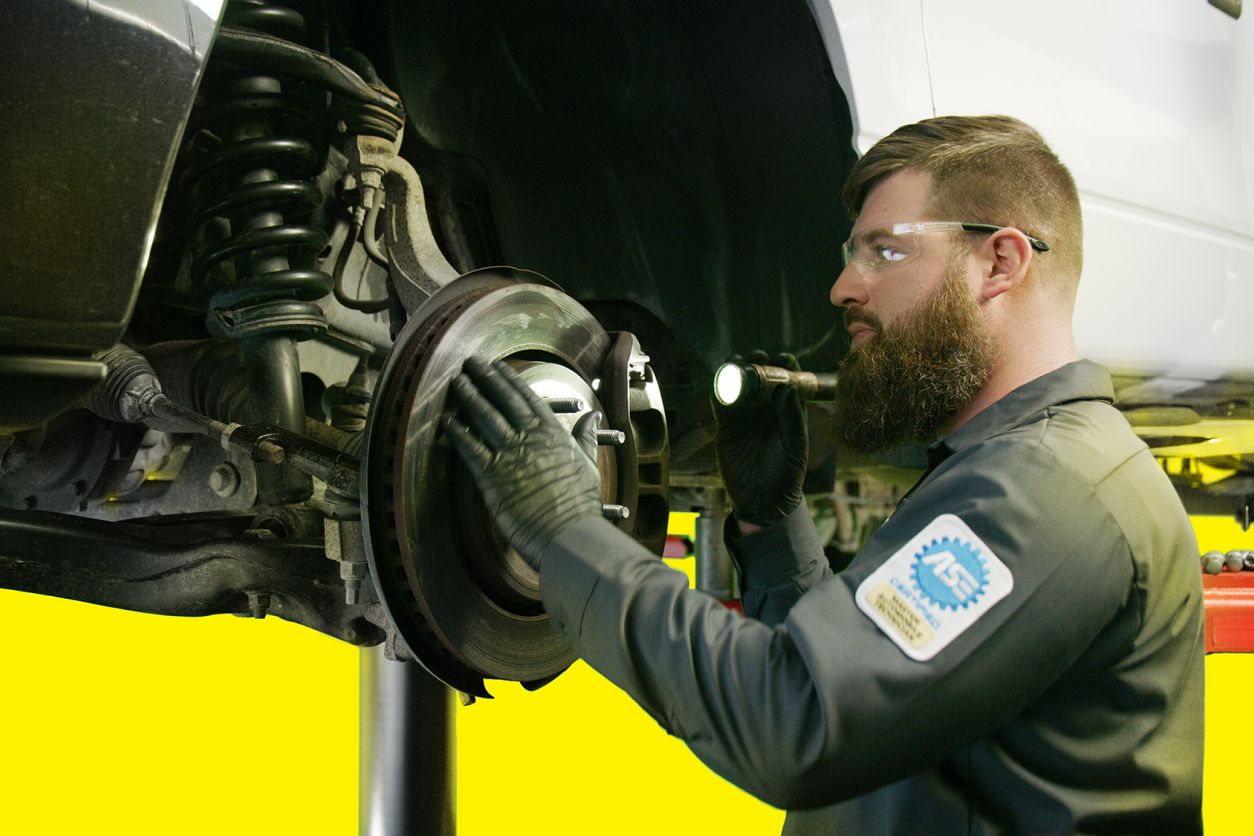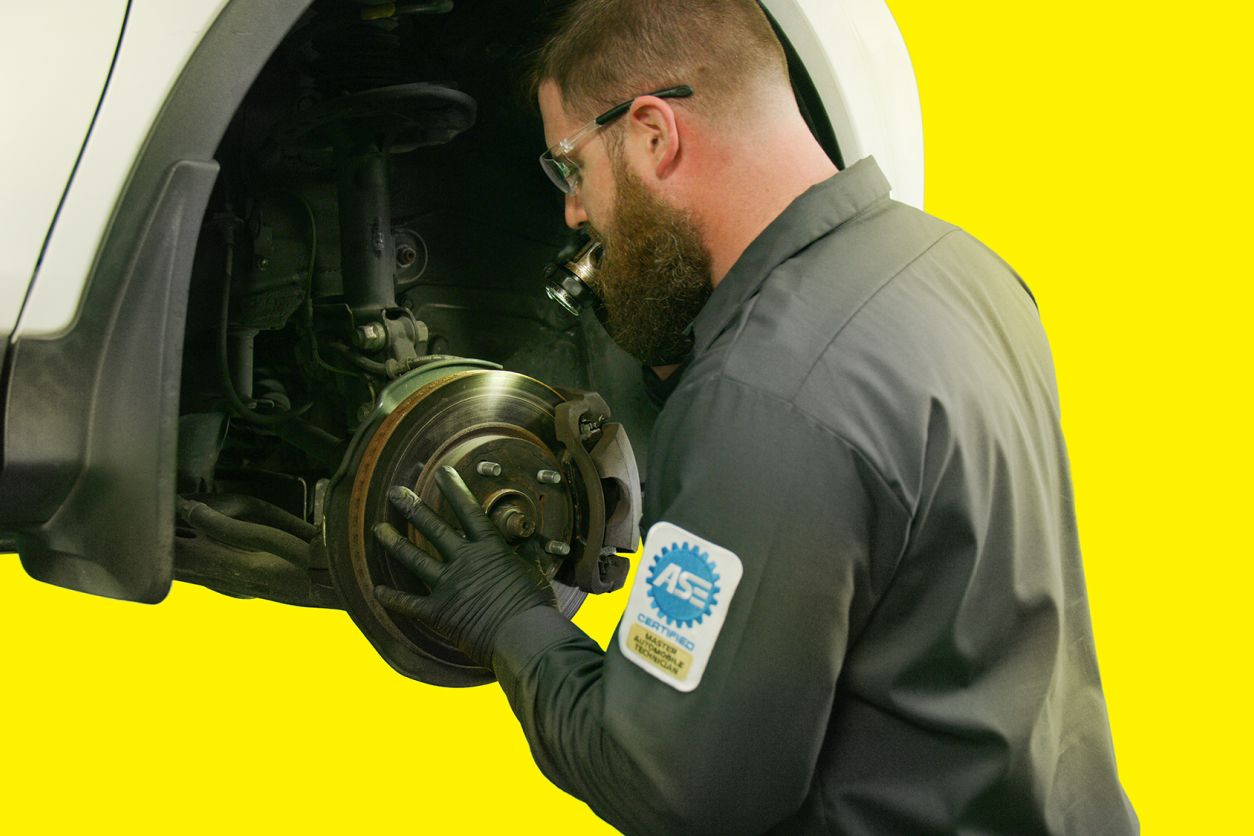Unless you are a fresh driver’s ed student, knowing how to stop your car should be second nature. You hit the brake pedal and your vehicle stops—simple. For this basic process, hydraulic brakes are the norm for most passenger vehicles like cars, trucks, and SUVs. On the other hand, larger commercial vehicles (think buses, heavy semis, trailers, and some large trucks) are more likely to use air brakes that aren’t as easy to master. In this article we’ll help you get to know what air brakes are, how they work, and why they matter to regular drivers.
GETTING TO KNOW VEHICLE BRAKING SYSTEM
Let’s start with the basics. Brakes work by applying stopping power in tandem to each wheel on a vehicle. When you engage a braking system, force is applied to the mechanisms moving a vehicle forward. The friction caused by the braking system is what causes a vehicle to slow to a stop. With a standard hydraulic braking system, hydraulic fluid is what powers the machinery that stops your car. But with an air brake system, this is powered by compressed air.
WHAT ARE AIR BRAKES?
Air brakes were not originally designed for automotive vehicles. The air brake system was first used for trains as an alternative to traditional hydraulic braking. Why? In a hydraulic braking system, the number one danger is hydraulic brake fluid leaking and causing a driver to lose braking control of their vehicle. The problem is a hydraulic leak is more difficult to spot the larger a vehicle gets. And, if braking is compromised, the consequences are much more dire for transportation carrying heavy cargo.
Air brakes posed a solution for this hazard, because the system is cleverly designed to mitigate the danger of leaks. Swapping out hydraulic fluid, pressurized air is kept at a constant in an air brake system. When a driver needs to stop, the system releases pressure to slow down the vehicle. That means even if there is a leak in an air brake system, at worst, the drop in air pressure causes a vehicle to slow to a stop. This design makes air brakes a safer alternative to traditional hydraulic brakes, especially for larger vehicles.
HOW DO AIR BRAKES WORK?
Ever notice when you are on the road with a bus or a semi-truck that these vehicles take more time to stop? Part of the reason why large vehicles need a longer stopping distance is because they use air brakes. When a driver with air brakes steps on the brake pedal, a sequence of actions needs to occur to start the deceleration process:
- Pressurized air is kept ready in storage
Air is pressurized using a compressor attached to the vehicle engine. This pressurized air is then moved to air storage tanks and is ready to be used for braking.
- Air travels through a complex valve system
After a driver uses the brake pedal, this air uses a valve system to move through the vehicle’s air chambers to each wheel braking system. It takes time for air to reach these systems, so drivers can expect a delay of around half a second before the brakes engage. - Air is forced against braking mechanisms
The high air pressure causes either the drum brakes or disc brakes to put pressure on drums or rotors and slow a vehicle to a stop.
SHARING THE ROAD WITH VEHICLES USING AIR BRAKES
Although air brake systems are not likely to show up in your standard passenger vehicles anytime soon, knowing how they work can help you be more mindful when driving alongside large vehicles. Using safe driving tactics, like keeping a generous following distance, can help you account for a delay in stoppage time by heavy vehicles with air brakes. Still, the best way to be a safe driver is to keep your car at top performance with regular auto care. Luckily, we have expert technicians you can count on for your car maintenance needs. From brake services to tire repair, visit your nearest Tires Plus for all your car and tire needs.



